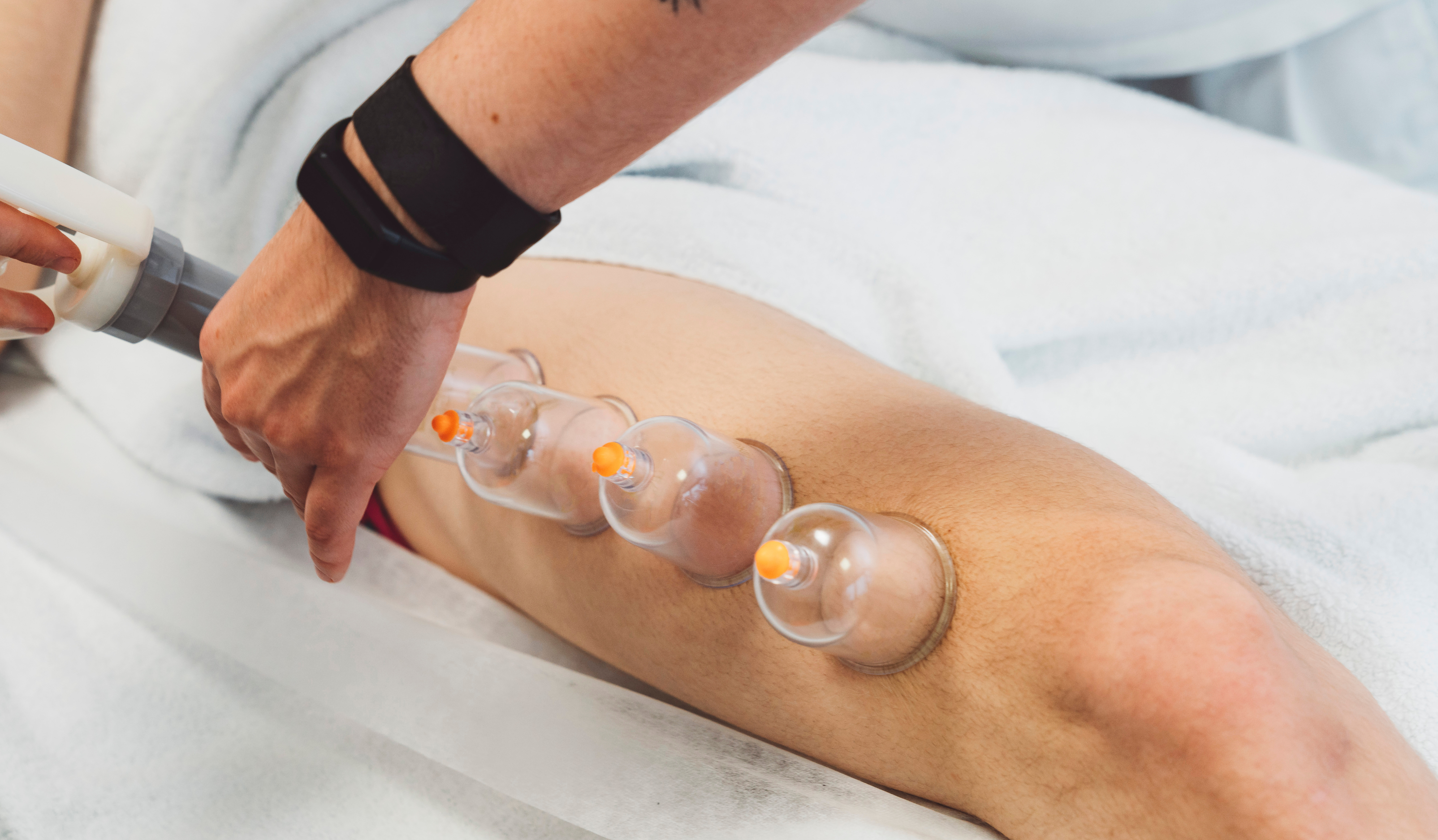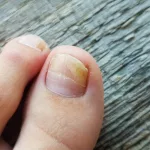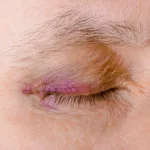
Why People Get Hooked
Let’s step right in. Is there anything better than seeing those weird, purple circles on someone’s back and instantly knowing… “Yep, they tried cupping”? Happened to me last week at the gym, actually. I almost asked the guy if he felt like a ninja after his session—but I chickened out. Classic.
Truth is, people don’t do this ancient therapy just to look quirky. Cupping is trending because it loosens up stubborn muscles, chills out tight spots, and honestly, it just feels oddly refreshing—like your body got a good stretch from the inside out.
But… how often can you get cupping done? And, maybe more importantly—how often should you? If you’re hoping for a handy-dandy schedule, I hate to break it to you: there’s no universal rule. But, hang on, let’s dig deep and figure out what actually works.
The Magic (and Mystery) of Cupping
Ever tried cupping? It almost feels like a reverse massage. Instead of pushing muscles around, cupping gently suctions your skin up and stimulates blood flow—like your body’s garbage trucks showing up for extra trash pickup day. Most people walk away feeling lighter, a little looser, and slightly more alive.
Cupping’s old school—think ancient China, Egypt, and Greece. (Think: Cleopatra with bamboo cups? Okay, maybe don’t.) These days, athletes go wild for it after workouts. I even heard a basketball coach in my small hometown uses it to keep her knees from creaking during morning drills.
Is It Only for Sore People?
Nope. It’s not just for the super-sporty (or folks who slept funny and woke up with “cranky swan” neck). People swear by it for stress relief, heavy leg days, even for helping digestion and, yep, for things like weight management. (Side note: If you’re curious, check this out—How often should you do cupping for weight loss. It’s more common a reason than you’d guess.)
So… How Often Can You Get Cupping Done?
Alright, let’s stop dancing around the main question: how often can you get cupping done? Here’s the simplest answer—most people do it once a week or every other week when they’re starting out or using it for general wellness (according to this guide). If you’re chasing serious results (think: major back pain, heavy duty muscle knots, cranky old injuries), you can bump it up to two or even three times a week—but only for a short stint, then space it out as the pain fades as recommended here.
But… don’t get overzealous. Doing it every single day? Nah, not the best idea. Daily cupping is like bench pressing on a torn muscle—it’s asking for trouble. Think cranky skin, leftover bruises… and not in the cute “I-tried-a-cool-wellness-trend” way (this source says your skin needs time to recover).
A Story for Perspective
My cousin Sam (always the guinea pig), went all-in and cupped three times a week the month before his half marathon. The first two weeks? Miracle. By week four, his back looked like a modern art project, and he was googling “is it normal for cupping marks to itch THIS much?” Moral: Sometimes, less is more.
Finding Your “Cupping Rhythm”
Okay, time for a little soul-searching—what do you want out of cupping, anyway? That answer nudges your frequency. Here’s the 411 on how often you can safely roll out those cups, based on different goals:
| Goal | Recommended FrequencyWhy People Get Hooked Let’s step right in. Is there anything better than seeing those weird, purple circles on someone’s back and instantly knowing… “Yep, they tried cupping”? Happened to me last week at the gym, actually. I almost asked the guy if he felt like a ninja after his session—but I chickened out. Classic. Truth is, people don’t do this ancient therapy just to look quirky. Cupping is trending because it loosens up stubborn muscles, chills out tight spots, and honestly, it just feels oddly refreshing—like your body got a good stretch from the inside out. But… how often can you get cupping done? And, maybe more importantly—how often should you? If you’re hoping for a handy-dandy schedule, I hate to break it to you: there’s no universal rule. But, hang on, let’s dig deep and figure out what actually works.  ADVERTISEMENT
The Magic (and Mystery) of CuppingEver tried cupping? It almost feels like a reverse massage. Instead of pushing muscles around, cupping gently suctions your skin up and stimulates blood flow—like your body’s garbage trucks showing up for extra trash pickup day. Most people walk away feeling lighter, a little looser, and slightly more alive. Cupping’s old school—think ancient China, Egypt, and Greece. (Think: Cleopatra with bamboo cups? Okay, maybe don’t.) These days, athletes go wild for it after workouts. I even heard a basketball coach in my small hometown uses it to keep her knees from creaking during morning drills. Is It Only for Sore People?Nope. It’s not just for the super-sporty (or folks who slept funny and woke up with “cranky swan” neck). People swear by it for stress relief, heavy leg days, even for helping digestion and, yep, for things like weight management. (Side note: If you’re curious, check this out—How often should you do cupping for weight loss. It’s more common a reason than you’d guess.) So… How Often Can You Get Cupping Done?Alright, let’s stop dancing around the main question: how often can you get cupping done? Here’s the simplest answer—most people do it once a week or every other week when they’re starting out or using it for general wellness (according to this guide). If you’re chasing serious results (think: major back pain, heavy duty muscle knots, cranky old injuries), you can bump it up to two or even three times a week—but only for a short stint, then space it out as the pain fades as recommended here. But… don’t get overzealous. Doing it every single day? Nah, not the best idea. Daily cupping is like bench pressing on a torn muscle—it’s asking for trouble. Think cranky skin, leftover bruises… and not in the cute “I-tried-a-cool-wellness-trend” way (this source says your skin needs time to recover). A Story for PerspectiveMy cousin Sam (always the guinea pig), went all-in and cupped three times a week the month before his half marathon. The first two weeks? Miracle. By week four, his back looked like a modern art project, and he was googling “is it normal for cupping marks to itch THIS much?” Moral: Sometimes, less is more. ADVERTISEMENT
Finding Your “Cupping Rhythm”Okay, time for a little soul-searching—what do you want out of cupping, anyway? That answer nudges your frequency. Here’s the 411 on how often you can safely roll out those cups, based on different goals:
What About Super-Sensitive Areas?Ah, the neck and shoulders. These spots are trickier. The skin’s thinner, and nerves crowd together like commuters in rush hour. Once a week, or even every other week here, keeps things mellow and helps you avoid gnarly bruises (practitioners agree). Lower back, on the other hand? Those sturdy muscles can shrug off a bit more, especially if you’re tight from standing or sitting all day. If you’re trying to open things up, cupping once or twice a week works fine. (Personal confession: I start getting FOMO if I don’t get my “vacuum massage” every week or so…)  Timing Is Everything (And Nobody Likes Too Many Bruises)Here’s something they rarely warn you about: too much cupping can leave you looking like a cheetah on a bad day. (Been there, done that, hid the evidence under a hoodie.) Cupping marks are totally normal, but hanging onto them for longer than a week? Your body’s telling you to slow down. If, like me, you overdid it—don’t panic. It’s usually just a sign you need to spread out your sessions. Your body recovers between treatments, kind of like a workout. It needs time to flush out the cellular “junk” brought up by those bruise-y circles. But, Can It Ever Be Dangerous?It’s mostly safe—IF you do things right, and only IF you listen to your body. For real, don’t skip the part where a professional checks your health conditions. There are definitely Dangers of cupping if you ignore the basics: using cups over wounds, doing wet cupping out of curiosity with a buddy, or doubling up sessions because “more must be better”. (FYI: That’s how my neighbor landed a funny story and a not-so-funny rash.) Blood thinners? Super sensitive skin? Recent surgery? Take a break from cupping. And if any weird side effects pop up—nausea, dizziness, fever—call your health pro ASAP. (It’s always better to check dangers of cupping before you go full throttle.) ADVERTISEMENT
What Happens If You Overdo It?If you’re the impatient type (guilty as charged), here’s the rub: you can’t rush healing. Too much cupping backfires. You could actually slow progress, or—awkward—make the muscle tension worse. The skin can get raw, bruises stick around, old soreness lingers, and, well… you start side-eyeing your cups instead of loving them. Honestly? It’s a lot like overeating cake. First slice = joy, third slice = regret, fourth = “why did I do this to myself?” Hold back. The sweet spot is, well, patience.  What About Maintenance?Once your main aches fade (or your coach says you’ve finally got that mobility back), pull back to once-a-month, or even every three months. If you love the cupping glow, some folks slot it into their regular “wellness” routine. Like a car tune-up for your muscles. No shame in maintenance. For lots of folks, it beats letting those aches creep back in. Bonus: the marks fade before your next appointment—unless you’re planning to show them off on Instagram. (No judgment, you earned those circles.) How to Find Your Goldilocks ZoneNo two bodies (or schedules… or pain tolerances) are alike. That’s what makes cupping so personal. Here’s what usually works for people I know:
Stick with what your body likes. If it’s yelling “enough!”—don’t push it. (And, yes, I’ve learned this the hard way.) Quick Recap Table
 ADVERTISEMENT
Let’s Be Real: Is Cupping For You?Hey, it’s your body, your call. Ask yourself: Am I looking for a quick fix, or am I in this for the long haul? Sometimes, relief is lightning fast. Other times? You’ll need to stick with it (with gaps). Adjust as you go. Talk with your therapist or acupuncturist—seriously, their advice is gold. And if you want a rabbit hole, see the full scoop on dangers of cupping before scheduling your next session. All journeys are different. One friend of mine swears cupping helped her anxiety poof away (okay, not “poof,” but mellowed it down), while my uncle uses it for post-golf hip soreness and is now basically addicted. Is that a thing? (Probably not in the DSM.) Your Next Steps—Go Easy, Go Often (But Not Too Often)So, how often can you get cupping done? There’s no one-size-fits-all, my friend. Listen to your body, trust the process, and play with the timing until you find your sweet spot. And yeah—if you’re ever not sure, ask the pros. They live for this stuff. Take a minute now: What aches (physical or mental) are you hoping to fix? What’s holding you back? Maybe it’s time for that first session—or, if you’ve tried cupping already, maybe time to tweak your routine. You might be surprised what a difference just one session a week can make. And, if you learn the hard way like me? At least you’ll have a good story. Ready to let your body breathe a little? Book a session, track your progress, keep asking questions… and, above all, be kind to yourself. You deserve to feel good, circles and all. Frequently Asked QuestionsWhat is cupping therapy?How often should beginners get cupping?Can you do cupping every day?What are the main benefits of cupping?Are there risks to overdoing cupping?Disclaimer: This article is for informational purposes only and is not intended as medical advice. Please consult a healthcare professional for any health concerns. Related posts:Monotasking Benefits: Boost Focus & Beat BurnoutHow to Clean Water Bottles Fast: Tips for Every KindHow to Build a 1‑Minute Daily Health Check‑In HabitWhat Are the Best Non-Toxic Candles You Can Actually Trust?Understanding the Aging Immune System: Why It MattersNeural Exploration: How Your Brain Finds New PathsADVERTISEMENT
Related tags for: ADVERTISEMENT
Latest News
|
|---|


















Leave a Reply
You must be logged in to post a comment.